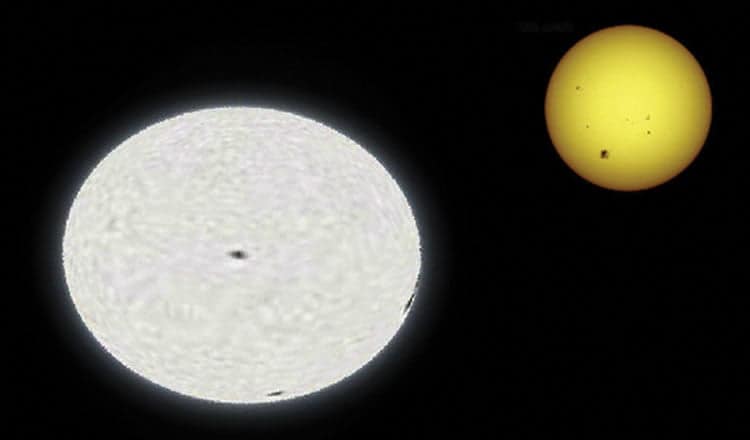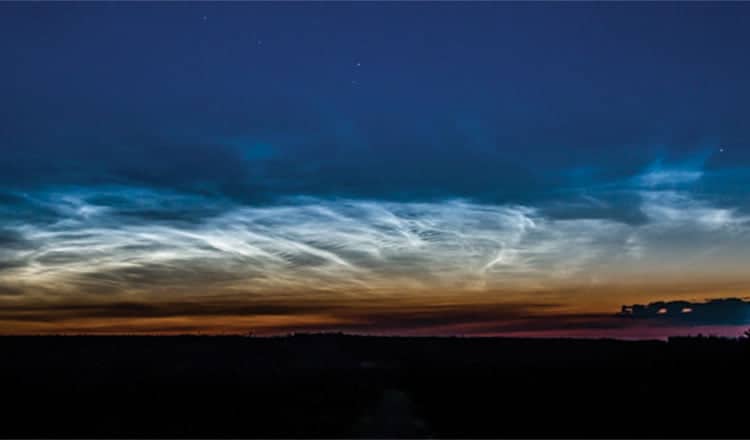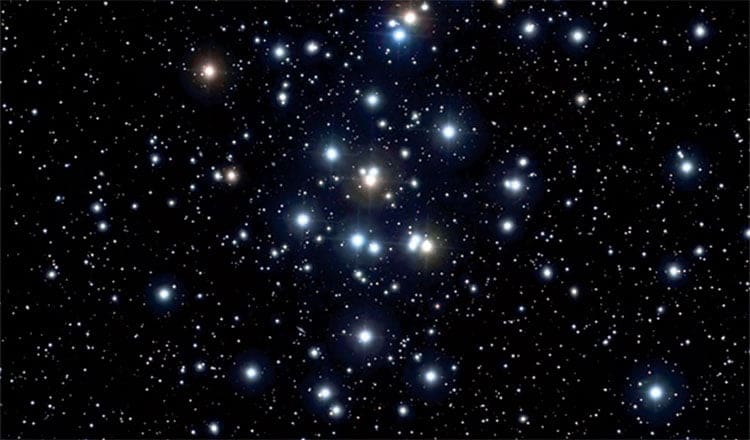Finally, the weekend has arrived; hopefully, the weather will be clear. All the weather-information sources, including Whitehorse Clear Sky Clock and others, seem to agree that Saturday night should be great.
Quickly, we send an astro-alert e-mail to let everyone know we are heading up to Grey Mountain Lookout point after 9 p.m. It is time to discover something new and exciting under those Yukon Night Skies.
So how was the weather and amazing Yukon Night Skies? you ask.
Well, the skies were great and, according to the weather guys, the best viewing would be from 10 p.m. until around 1 a.m. They were right.
The road to the lookout point was in surprisingly good shape, which was a relief. I arrived at the observing site to find I was the first one there, besides a lone coyote lurking in the shadows.
Being first at an observing site guarantees the best location for set up. With the computerized telescope, a little extra time for setting up is a handy thing to have.
Getting out of my van, I was greeted by a most-beautiful crescent moon hanging over my house on the other side of the valley. The air was calm and clear with the last wisps of cloud drifting away on the far horizon.
The sky was light-blue, close to the horizon, gradually progressing to a dark-blue. Truly wonderful to see a crescent moon floating in that most-translucent blue sky.
Quickly, I grabbed my binoculars. The view was nothing short of outstanding. After enjoying the view for a while, I finally put the binoculars away, set up my gear and got organized.
Half an hour has passed and my gear is all set up and calibrated to the best of my knowledge (little did I know there were “astro-gremlins” stalking me).
Pointing the little Borg refractor at the crescent moon unleashes a view of perfection. Even at low power, the view is pristine with razor-sharp detail of craters, mountains and lunar valleys. Earthshine was also easily seen now, and shadows were clear and well-defined in larger craters.
Next, we put the eight-inch reflector on the moon and once again we are greeted with a most impressive view. The crescent moon and earthshine fill the eyepiece at low power.
Great detail and a great view: I could have easily spent the evening lunar cruising and enjoyed every minute of it.
With the moon advancing toward the horizon, and the sky darkening, it was time to take to the deep sky. A few people show up and now there is another telescope onsite. The sky is alive with stars as the evening progresses.
Saturn was looking as bright and detailed as ever with two moons easily visible. The shadow cast by the rings, which are nearly edge on, were visible when I cranked up the power to 200. Once again, a perfectly clean image without visual distortion.
The only problem was me … I put the wrong elbow on the back of the eight-inch reflector and, when I went to move the elbow so other people could have a look, the telescope tube moved so I had to re-align the telescope again. It took three alignments before I could continue my deep-sky adventure.
The great Orion Nebula provided impressive views in all instruments, from small binoculars to mid-sized telescopes, and everyone seemed quite amazed that this huge stellar nursery could be seen with the unaided eye.
In the middle of the nebula is the Trapezium Star Cluster (a.k.a. the “Trap”) and even this was easily seen in great detail at low power.
My two favourite galaxies, M81 and M82, were putting on quite a show as they floated in the eyepiece. The dark lane of dust was barely detectable in the irregular galaxy.
The Owl Nebula was barley detected, even though it was in the darkest part of the sky. The Andromeda and Pinwheel Galaxies were also tricky to see. I tried a few globular clusters and got the same result – poor detail and little definition.
With such great skies, it could only mean one thing: an invasion of high-level cloud moving in.
This did not put a damper on my evening at all because viewing open star clusters seemed to be unaffected by this invading high-level cloud.
First, the double cluster is usually seen to the unaided eye, but not tonight. Entering the location of the star cluster on my hand controller brought the telescope right to the target. The view was nothing short of amazing.
The stars splashed across the eyepiece. Razor-sharp stars with no halos around them … very impressive.
Next, M35, open star clusters in the constellation of Gemini, the Twins. The same thing, a perfect image, beautiful stars packed the eyepiece from side to side. Probably one of the best single star clusters for low-power viewing.
Last but not least, the three open star clusters in the constellation of Auriga, high overhead. All three of these clusters were well-defined and presented tack-sharp star images.
It is now closing in on 1 a.m. in the morning and people are packing up and heading home. The clouds are definitely moving in, but the night sky still looks very inviting.
As I was packing up all my gear, I happened to look up and notice a glowing path of light above Grey Mountain.
At first I thought it might be zodiac light, but it was too far away from sunset for that. Looking farther down the mountain ridge, spears of light were resting on the horizon. The Northern Lights were here – and what a display.
I just sat and enjoyed the show for half an hour and then finished packing up and headed home. What a wonderful way to end a great evening of deep-sky viewing in the Yukon Night Skies.
If you are interested in an adventure into the night sky, send an e-mail to [email protected] and we will put your name on the list and inform you of our next deep-sky outing.
James “Deep Sky” Cackette can be reached at [email protected]. See his photo adventures on Facebook at Yukon Night Skies.




